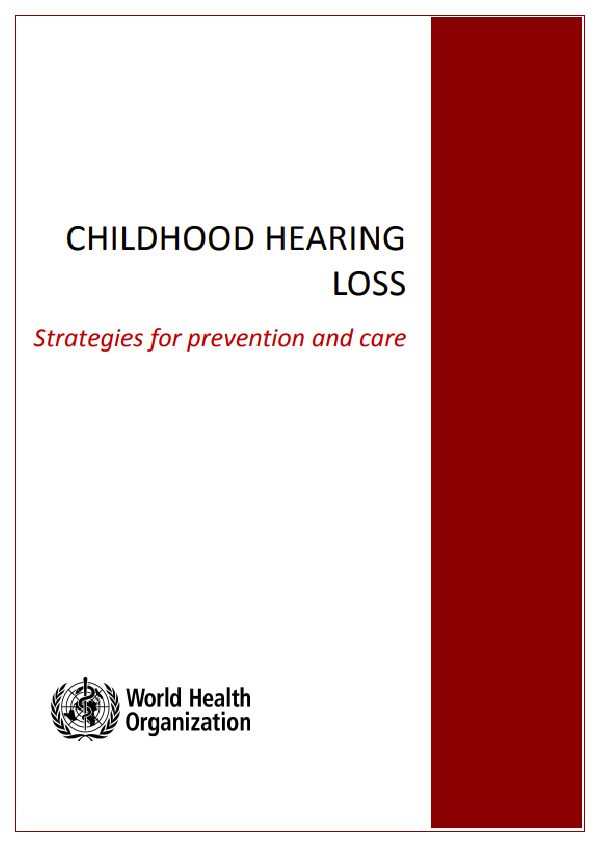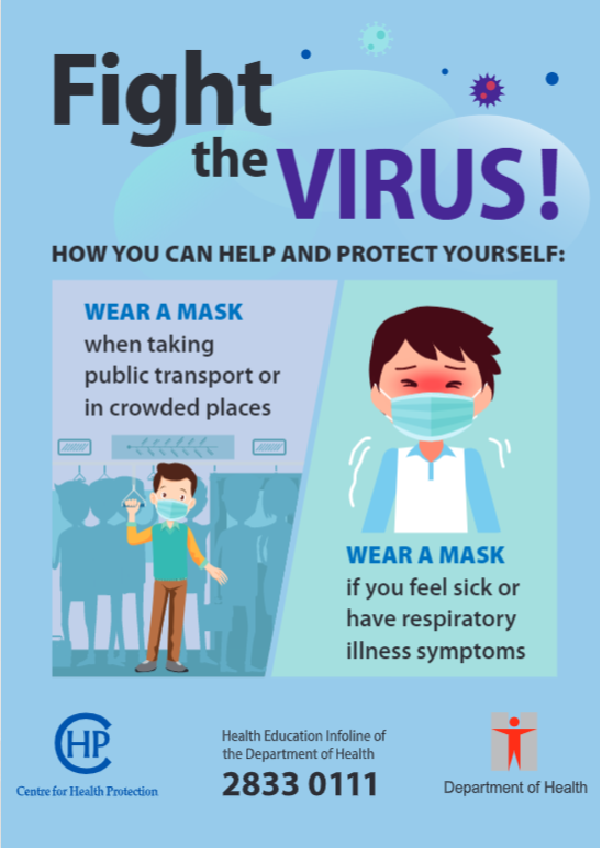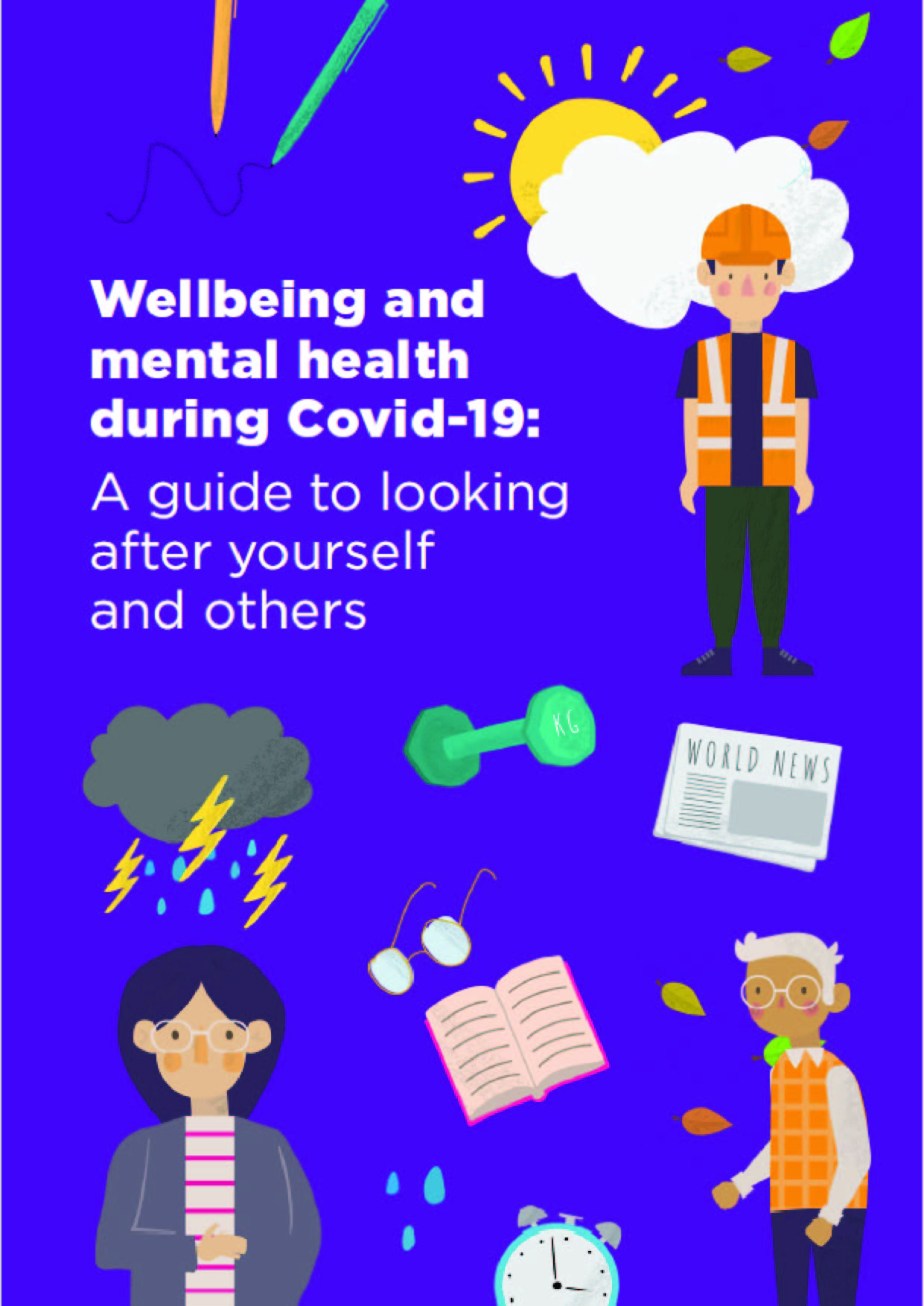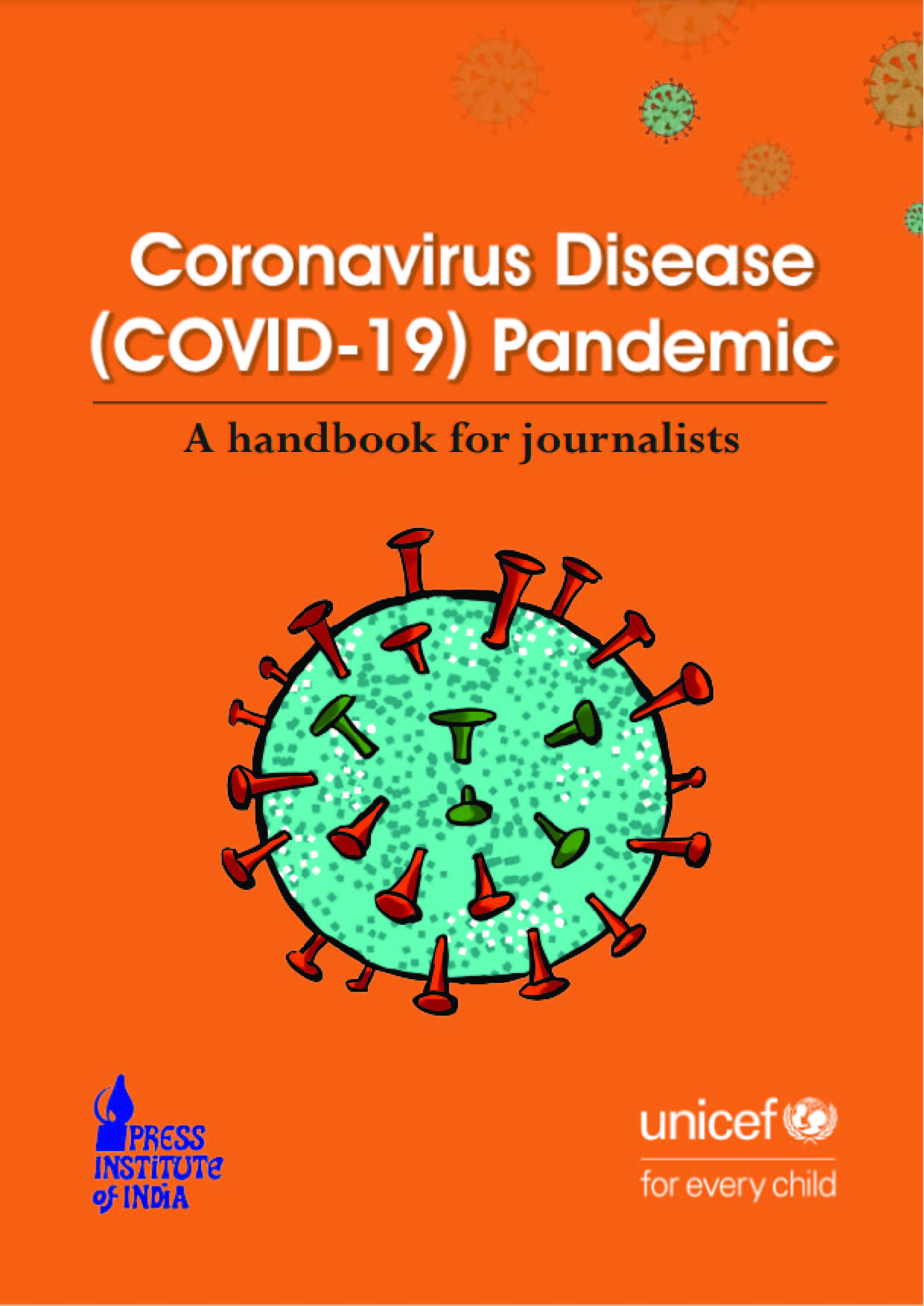The interaction between a person and his or her surrounding environment is mediated through sensory experiences. The sense of hearing, in particular, fundamentally facilitates communication and fosters social interaction. Hearing is the key to learning spoken language and is important for the cognitive development of children. Without suitable interventions, hearing loss is a barrier to both education and social integration. Some 360 million people (approximately 5% of the world’s population) live with disabling hearing loss and nearly 32 million of them are children. It is estimated that over 60% of such hearing loss could be avoided through preventive measures. In addition, children who have hearing loss can benefit greatly from early identification and appropriate interventions. Action is required to ensure that the preventable causes of hearing loss are avoided and that everyone with unavoidable hearing loss can reach their full potential through rehabilitation, education, and empowerment.
This document outlines the prevalence and impact of childhood hearing loss. It highlights that the majority of causes responsible for hearing loss in children can be prevented and offers strategies for action.
The impact of unaddressed hearing loss
While the most obvious effect of childhood hearing loss is on language development, it also has an impact on literacy, self-esteem, and social skills. Untreated hearing loss is often associated with academic underachievement, which can lead to reduced employment opportunities later in life. Communication difficulties can have lasting emotional and psychological consequences that can lead to feelings of isolation, loneliness, and depression. The impact on the family is equally profound. Parents of children who are deaf or hard of hearing must deal with specific challenges, are often at greater risk of stress, have higher out-of-pocket expenses, and lose more work days than other parents. The stress can be further exacerbated by communication difficulties with their children and an increased need for support and financial resources. Untreated hearing loss also affects social and economic development in communities and countries.
The severity of the impact of hearing loss on a child depends on a number of factors.
- Age of onset. Children develop language in the early years of life. The impact of hearing loss on the development of spoken language is greatest in those who are born with hearing loss or develop it soon after birth.
- Degree of hearing loss. Hearing loss may range from mild to profound. The greater the severity, the greater the impact.
- Age of identification and intervention. The sooner a child is identified as having hearing loss and the earlier he or she receives support, the greater the possibility of the child learning spoken language and the lower the likely adverse impact of the hearing loss. The Joint Committee on Infant Hearing recommends that all children with hearing loss should receive intervention by six months of age at the latest.
- Environment. The overall living environment, including access to services, significantly influences the development of a child with hearing loss. Children with access to hearing technology, special education, and sign language may be able to participate at school and in social activities on an equal basis with their peers with normal hearing (in the absence of other impairments).
Recent advances in newborn hearing screening, hearing technology (such as digital hearing aids and cochlear implants) and therapies that teach a child to develop spoken language through listening have greatly changed the situation for children with hearing loss. Early identification and intervention can significantly reduce the educational costs associated with hearing loss, and may improve earning capacity in later life. However, there are still millions of children who face the negative impact of untreated hearing loss in all aspects of their life.











